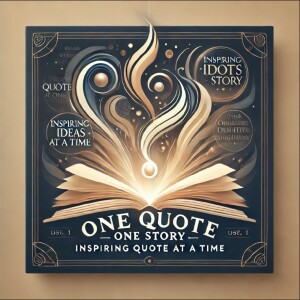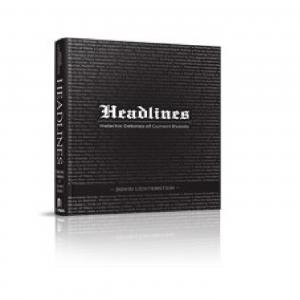The provided text offers a comprehensive engineering guide to the design and operation of modern mass spectrometers, analytical instruments that identify molecules by their mass-to-charge ratio (m/z). It begins by outlining the foundational principles, explaining how these instruments ionize samples, separate ions using electric and magnetic fields in a high-vacuum environment, and detect them. The text then details various ion sources, from "hard" techniques like Electron Ionization (EI) for volatile compounds to "soft" methods like Electrospray Ionization (ESI) and Matrix-Assisted Laser Desorption/Ionization (MALDI) for fragile macromolecules, and Inductively Coupled Plasma (ICP) for elemental analysis. It thoroughly explains different mass analyzer designs, including quadrupoles, time-of-flight (TOF) analyzers, and ion traps like the Orbitrap, highlighting their unique performance characteristics. Finally, it describes ion detection systems such as Faraday cups and electron multipliers, the critical role of the vacuum system, and advanced techniques like tandem mass spectrometry (MS/MS), emphasizing the design trade-offs inherent in creating specialized instruments for diverse applications.
Research done with the help of artificial intelligence, and presented by two AI-generated hosts.
More Episodes
All Episodes>>You may also like
Create Your Podcast In Minutes
- Full-featured podcast site
- Unlimited storage and bandwidth
- Comprehensive podcast stats
- Distribute to Apple Podcasts, Spotify, and more
- Make money with your podcast












